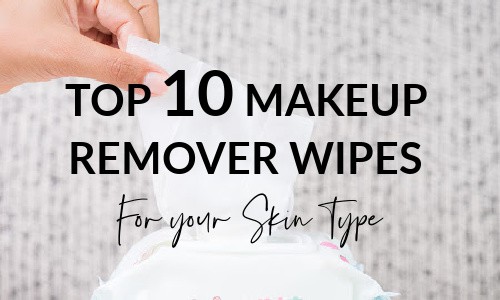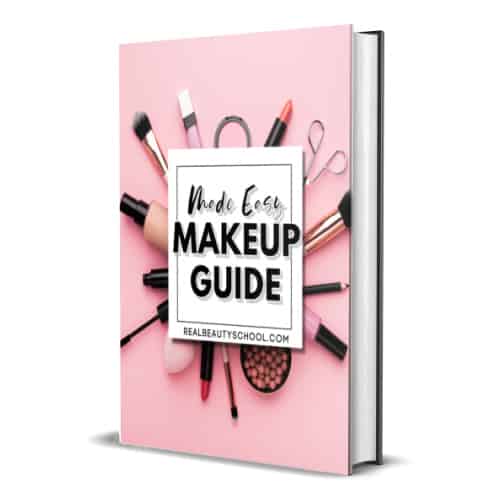When we think of retinol, the focus is almost always on the face — targeting fine lines, wrinkles, and overall skin aging. But retinol is a skincare powerhouse that can benefit the entire body. Whether it’s helping with rough texture, sun damage, or even stretch marks, incorporating retinol into your body care routine can transform your skin in more ways than one.
Disclaimer: The following information is intended to be helpful and educational, but it’s always a good idea to consult with a dermatologist for any personal skin concerns. This article doesn’t replace professional advice.
This post may contain affiliate links. That means if you click and buy, I may receive a small commission (at zero cost to you). Please see my full disclosure policy for details.
What is Retinol, and How Does it Work?
Retinol is a form of Vitamin A that your skin converts into retinoic acid, the active ingredient that works magic on your skin.
Based on studies, retinol helps improve skin texture, stimulates collagen production, and even lightens dark spots by inhibiting the enzyme tyrosinase, which causes hyperpigmentation.
In the same way that retinol can revitalize the skin on your face, it can also work wonders on your body, reducing sun damage, smoothing out rough patches, and evening skin tone.

I recently got the Gold Bond Retinol Overnight Lotion, and I am absolutely loving it! The texture is incredible—it leaves my skin feeling so soft the next day, and I noticed changes almost immediately after my first use. I’ve been applying it on my chest, neck, arms, stretch marks, and my face, and I can already feel the difference in the smoothness and hydration of my skin. It’s quickly becoming a staple in my routine, especially for those areas that need a little extra care.
Retinol for Rough Skin
Keratosis Pilaris (KP) is a common condition that causes rough, bumpy skin, especially on the arms and thighs.
Retinol helps by improving the skin’s maturation process, which leads to smoother skin over time. By reducing the buildup of dead skin cells, it helps to minimize the bumps associated with KP.
Additionally, according to dermatologists, retinol strengthens the skin’s barrier function, which helps with overall hydration and texture improvement. If you’ve tried lactic acid or urea-based products with little success, adding retinol can be a game-changer.
For a body retinol product that’s effective and gentle enough for daily use, try Gold Bond Retinol Overnight Body and Face Lotion. It contains 7 moisturizers and 3 vitamins to nourish the skin while smoothing rough patches and improving texture. Plus, it’s fragrance-free, making it ideal for sensitive skin.
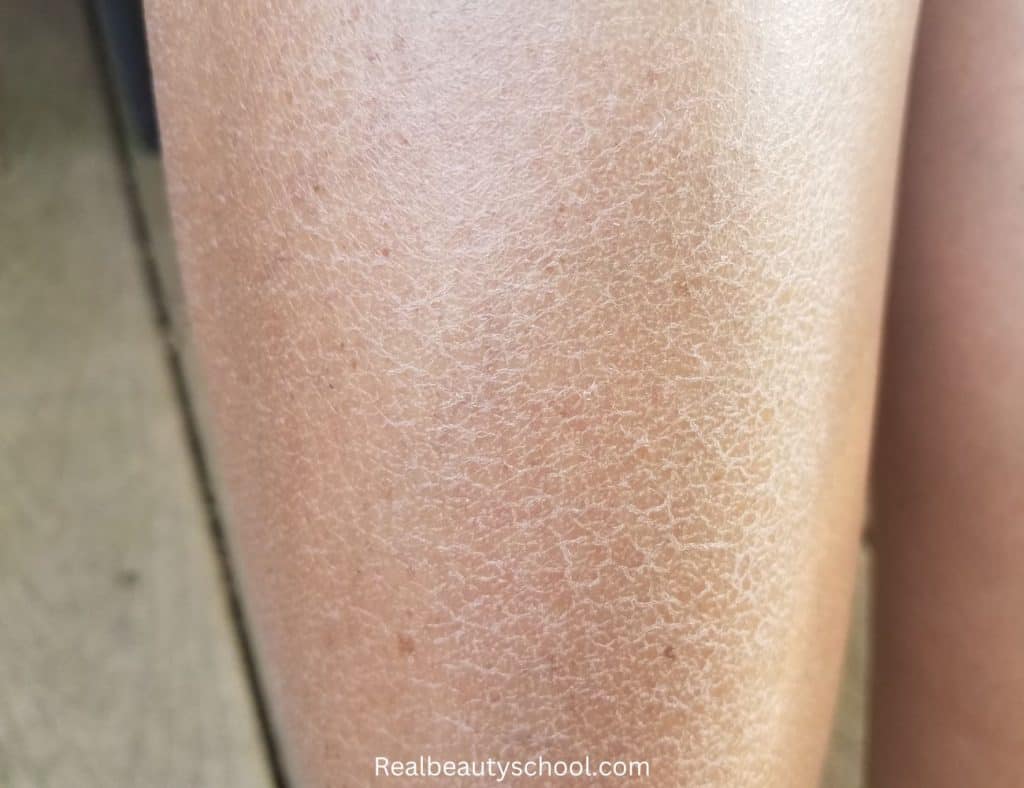
Retinol for Sun Damage
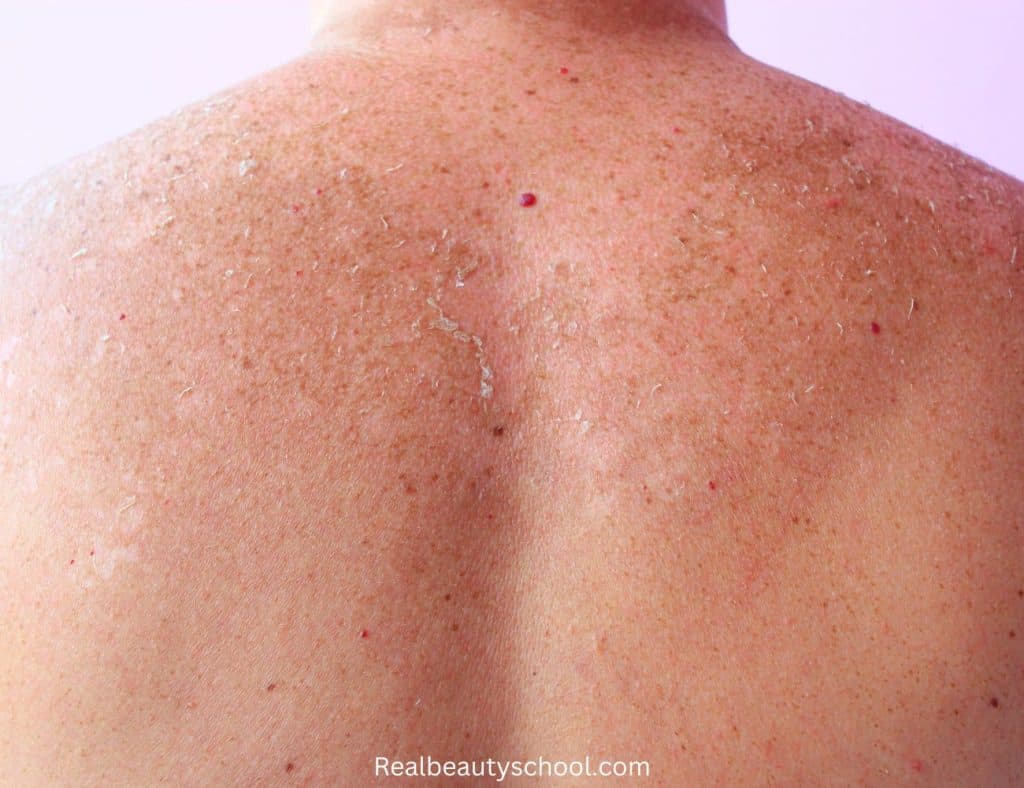
Retinol is well-known for improving the appearance of sun-damaged skin on the face, but based on dermatologist recommendations, it’s just as effective for the body.
Areas like the backs of the hands, forearms, and legs are especially prone to sun exposure and can benefit from retinol. Regular use can help reduce age spots, sunspots, and improve skin tone and texture.
While retinol may not completely reverse extensive sun damage, it can significantly improve the skin’s overall appearance, making it smoother and more even.
Retinol for Stretch Marks
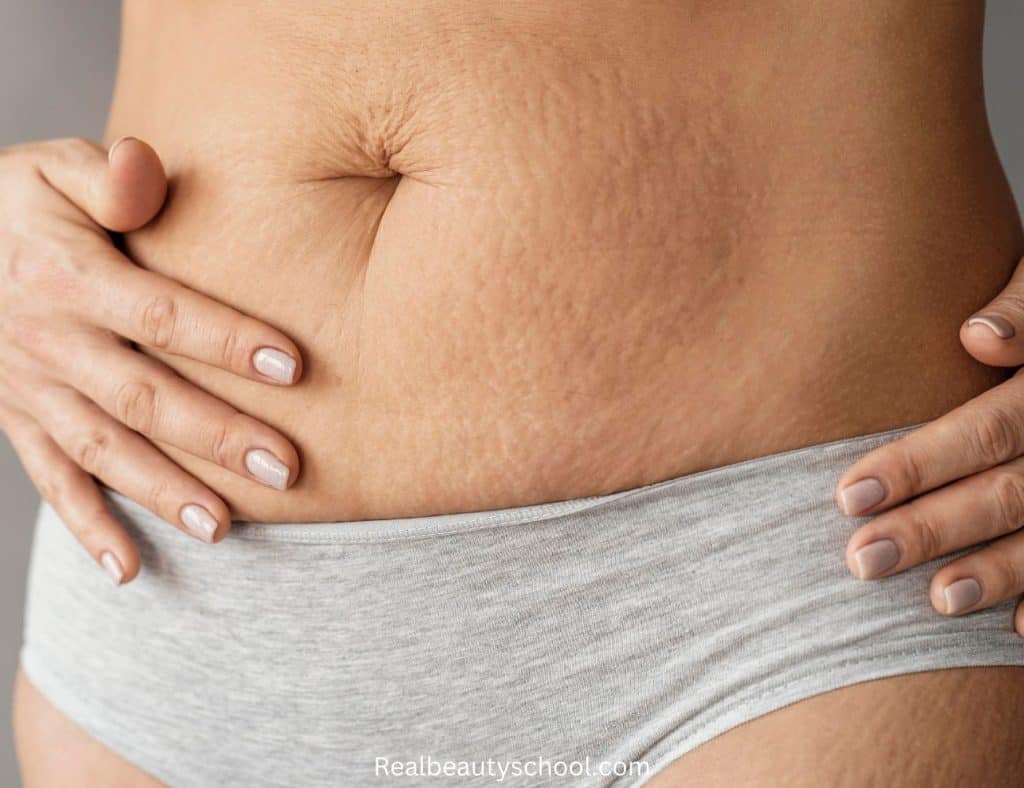
Stretch marks, whether from pregnancy, weight gain, or muscle building, can be tough to treat. I personally have very deep stretch marks on my belly post-pregnancy, and I’m hoping to at least blur some of them to improve the skin appearance with my new retinol body lotion.
Based on studies, retinol helps reduce the appearance of stretch marks by stimulating collagen production and improving skin elasticity.
This is especially effective when stretch marks are new and still red (striae rubra). However, it’s important to note that retinol isn’t safe to use during pregnancy, so check with your healthcare provider before adding it to your routine.
Retinol for Dark Elbows and Knees
Dark elbows and knees are often caused by friction and pressure. Retinol helps by strengthening the skin and improving its barrier function, which reduces the buildup of dead skin cells that cause dark patches.
According to dermatologists, regular use can lighten these areas and make them smoother over time.
Retinol may also help with hemosiderin, the reddish-brown staining caused by blood leakage into the skin, which often occurs in these high-friction areas.
Related:How to Build an Anti-Aging Skincare Routine with The Ordinary
Retinol for Post-Inflammatory Hyperpigmentation
For those with deeper skin tones, post-inflammatory hyperpigmentation (PIH) can be a persistent issue. Based on dermatology studies, retinol helps by suppressing the enzyme tyrosinase, responsible for melanin production.
This process helps to lighten dark spots left behind by acne, bug bites, or other skin irritations. However, it’s crucial to treat the underlying condition first (like acne), before focusing on hyperpigmentation with retinol.
Where to Concentrate Retinol on the Body
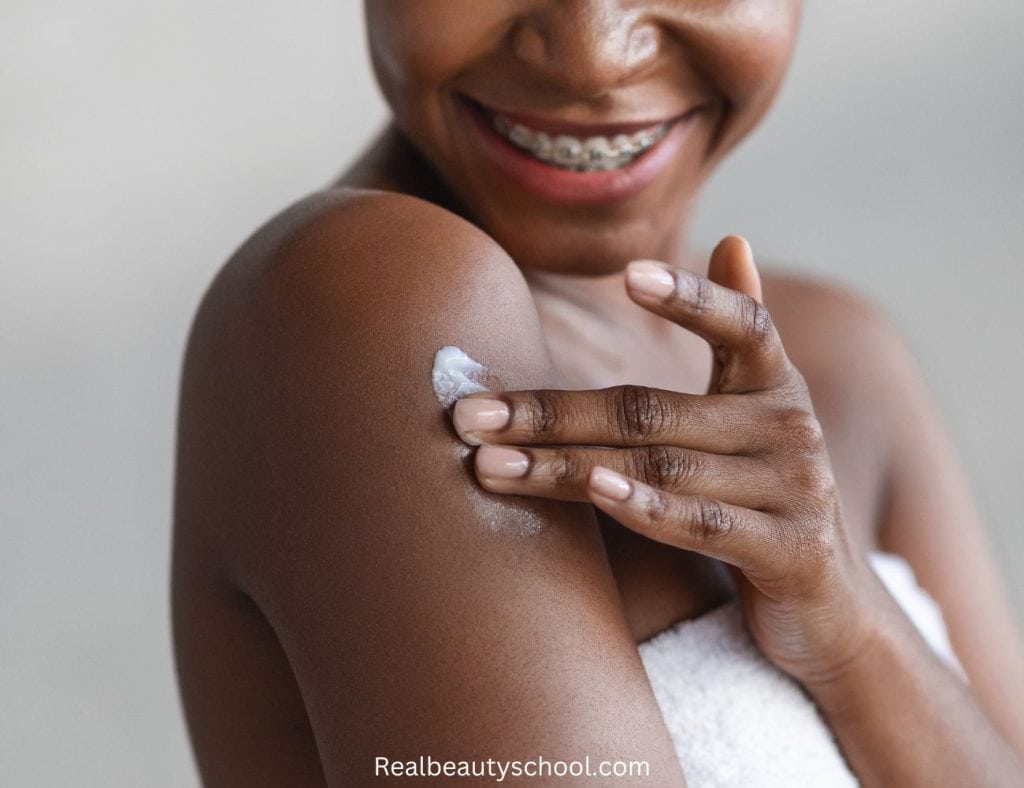
There are specific areas of the body where retinol can provide the most noticeable improvements:
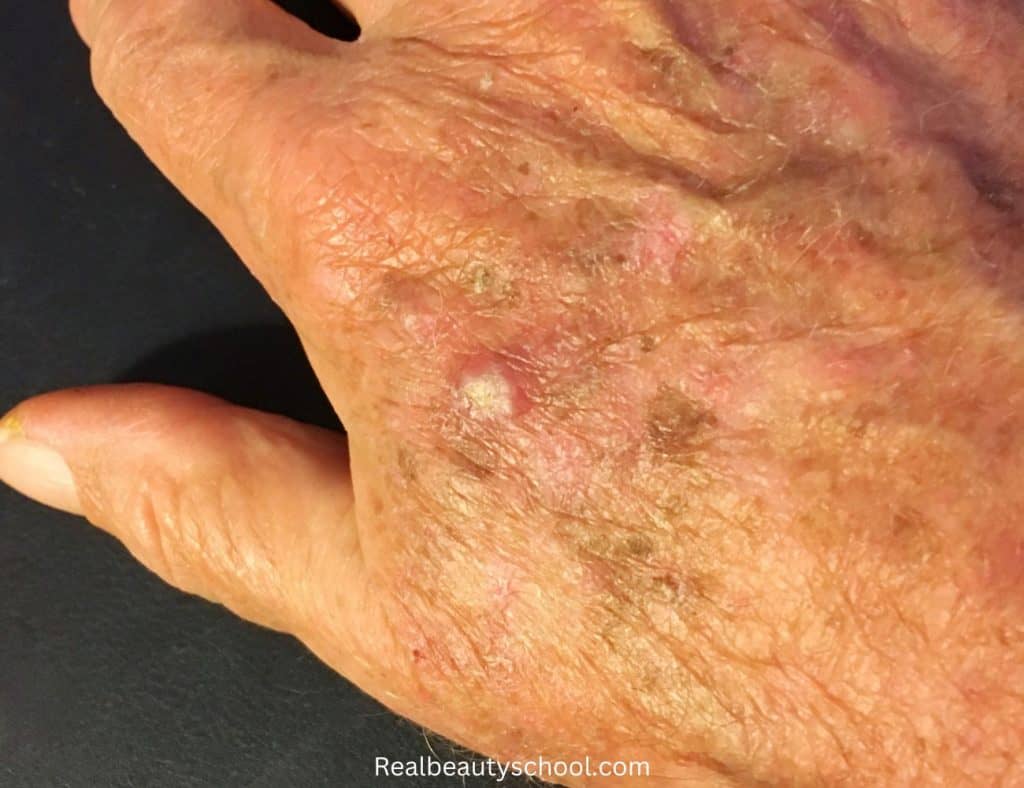
- Backs of the Hands: These are often the first areas to show signs of aging and sun damage, making them a prime spot for retinol use to reduce age spots and improve texture.
- Forearms and Lower Legs: These areas are frequently exposed to the sun, and retinol can help even out skin tone and smooth rough patches.
- Neck and Chest: These delicate areas are prone to sun damage and thinning skin. Retinol can help strengthen the skin and reduce the appearance of fine lines and discoloration.
- Elbows and Knees: If you have dark or rough patches on these areas, retinol can help by smoothing and brightening the skin.
- Areas with Stretch Marks: Retinol can be used on areas prone to stretch marks, like the thighs, hips, and stomach, to help reduce their appearance over time.
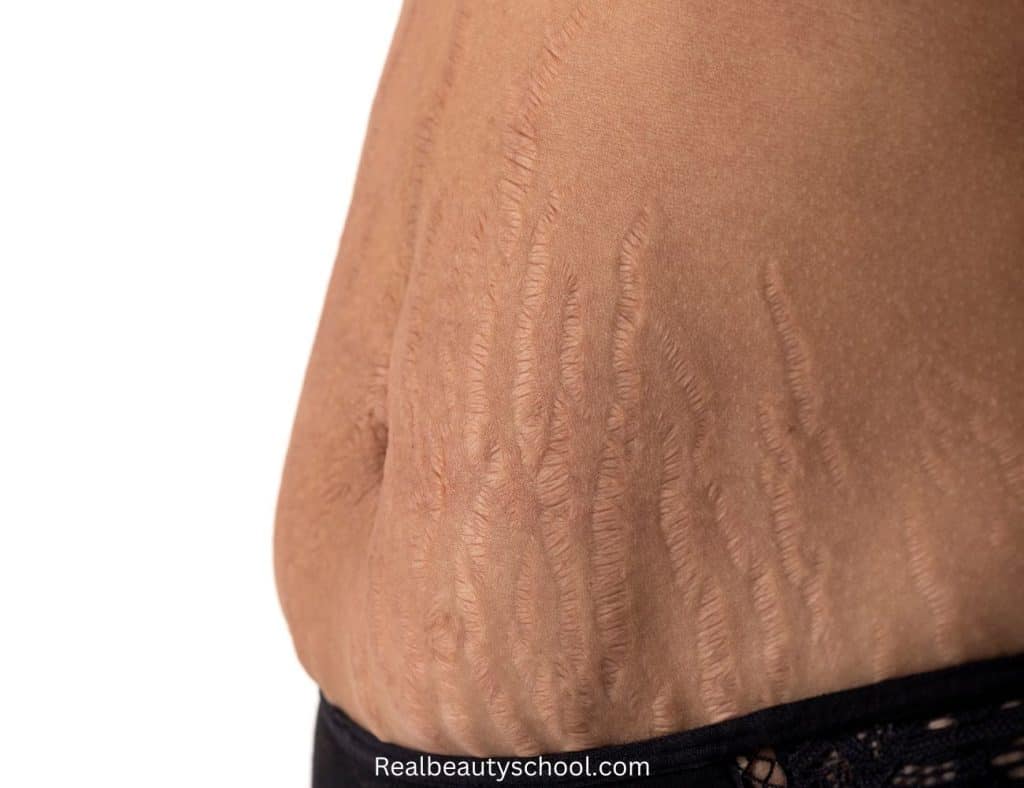
How to Safely Use Retinol on the Body
While retinol is generally safe for use on the body, there are some precautions to keep in mind:
- Start Slowly: Just like with the face, introduce retinol to your body care routine slowly. Begin by applying it once or twice a week, then gradually increase the frequency as your skin builds tolerance.
- Avoid Irritated or Broken Skin: Don’t apply retinol to areas with broken skin, active rashes, or eczema flare-ups, as it can cause irritation.
- Watch for Irritation: Some irritation is normal when first using retinol, but if you experience excessive redness, peeling, or discomfort, reduce the frequency of use.
- Use Sunscreen: Retinol can make your skin more sensitive to the sun, so it’s important to apply sunscreen to all treated areas during the day.
How Much Retinol to Use on the Body
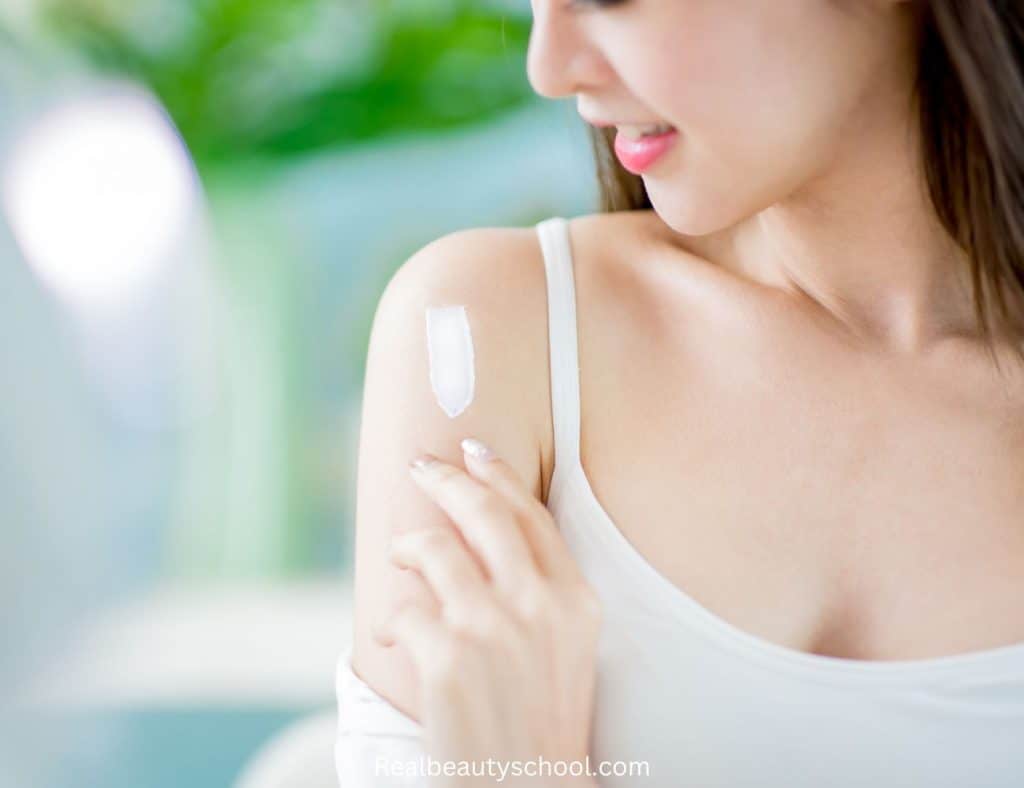
When applying a retinol lotion to the body, a good rule of thumb is to use about a tablespoon per limb.
The exact amount will depend on the product’s formulation and how well it spreads on the skin. Unlike with facial retinoids, using slightly more product on the body is less likely to cause irritation, but it’s still important not to overdo it.
Related:Hyaluronic Acid vs. Retinol: Which Is Best & How to Use
Final Thoughts on Retinol for the Body
Retinol isn’t just for the face — it can do wonders for the skin on your body as well. Whether you’re dealing with keratosis pilaris, sun damage, stretch marks, or dark patches, incorporating a retinol body product into your routine can lead to smoother, more youthful-looking skin. While it’s not a quick fix, consistent use over time can make a big difference.
One excellent product (that happens TO BE ALSO INEXPENSIVE) to try is Gold Bond Retinol Overnight Body and Face Lotion — gentle enough for daily use, packed with 7 moisturizers and 3 vitamins, and fragrance-free to suit all skin types.
Focus on key areas like the backs of your hands, forearms, neck, and elbows to see the most noticeable results. As with any skincare product, it’s important to start slow, monitor your skin’s response, and always protect your skin from the sun.
References
- Kong R, Cui Y, Fisher GJ, et al. A comparative study of the effects of retinol and retinoic acid on histological, molecular, and clinical properties of human skin. J Cosmet Dermatol. 2006.
- Green C, Orchard D, Cerio R, et al. Clinical study of the effect of retinol cream on human skin outside the periorbital region. Exp Dermatol. 2015.
- Bagatin E, Dos Santos Rocha MN, et al. Retinoids in dermatology: Current concepts. Expert Rev Dermatol. 2014.


